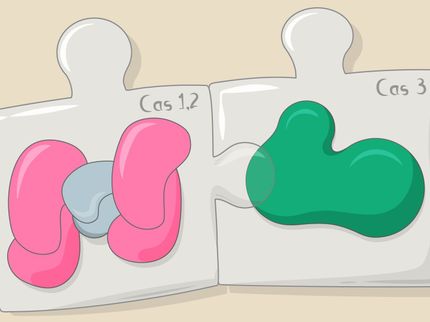Transposagen Creates a Rat Model of the Human Immune System
SCID Rat Seen as Superior Cancer and Transplantation Model
Advertisement
Transposagen Biopharmaceuticals, Inc. announced that its scientists and collaborators from the Medical College of Wisconsin have created and characterized the world’s first rat model of severe combined immunodeficiency, or SCID. The Transposagen rat has a nearly complete lack of the major components of the immune system. Transposagen will be marketing SCID rats to pharmaceutical and biotechnology companies.
“Transposagen is pleased to have characterized the world’s first rat model of SCID. We now have intellectual property covering the SCID phenotype in rat and will be offering the SCID rat and other rat models of the immune system in the near future,” said Dr. Eric Ostertag, CEO of Transposagen.
SCID can also affect humans, such as the “Bubble Boy”, who had to live inside of a sterile environment to reduce the likelihood of contracting a fatal infection. The SCID mouse has been one of the most often used animal models in the history of drug discovery and development research. Transposagen’s SCID rats are characterized by a deficiency of T-cells, B-cells and NK-cells, some of the white blood cells necessary to prevent invasive bacteria and viruses from causing serious disease. “This new immune deficiency rat model cannot reject transplanted tissues, even from other species, and will be especially important in cancer and transplantation research,” said Dr. Ostertag.
Transposagen has exclusive worldwide licensing rights to create TKOTM Knockout Rat Models using a variety of mobile DNA technologies. Knockout rats are pharmaceutical research models with single gene disruptions that mimic human diseases. Transposagen’s goal is to produce 30,000 unique knockout rat lines to represent each gene in the rat genome. Transposagen is also creating a cryo-preserved sperm repository and a tissue bank from all of the knockout rats it produces.
Other news from the department research and development

Get the life science industry in your inbox
By submitting this form you agree that LUMITOS AG will send you the newsletter(s) selected above by email. Your data will not be passed on to third parties. Your data will be stored and processed in accordance with our data protection regulations. LUMITOS may contact you by email for the purpose of advertising or market and opinion surveys. You can revoke your consent at any time without giving reasons to LUMITOS AG, Ernst-Augustin-Str. 2, 12489 Berlin, Germany or by e-mail at revoke@lumitos.com with effect for the future. In addition, each email contains a link to unsubscribe from the corresponding newsletter.

























































